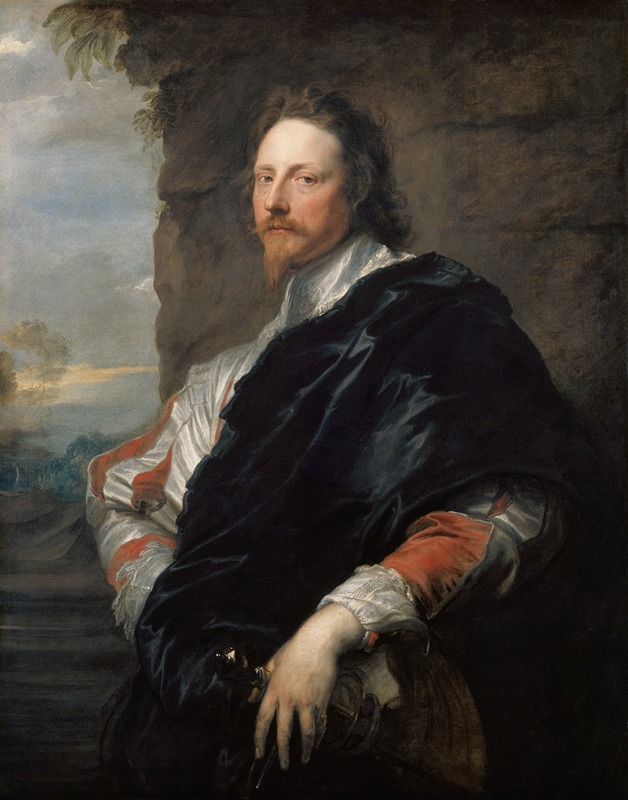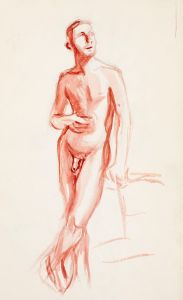
Nicolas Lanier
A hand-painted replica of Anthony van Dyck’s masterpiece Nicolas Lanier, meticulously crafted by professional artists to capture the true essence of the original. Each piece is created with museum-quality canvas and rare mineral pigments, carefully painted by experienced artists with delicate brushstrokes and rich, layered colors to perfectly recreate the texture of the original artwork. Unlike machine-printed reproductions, this hand-painted version brings the painting to life, infused with the artist’s emotions and skill in every stroke. Whether for personal collection or home decoration, it instantly elevates the artistic atmosphere of any space.
"Nicolas Lanier" is a portrait painting by the renowned Flemish artist Anthony van Dyck, created around 1628. Van Dyck, a prominent figure in the Baroque art movement, was known for his exceptional skill in portraiture, capturing the likeness and character of his subjects with remarkable detail and sensitivity. This particular painting is a testament to his ability to convey the personality and status of his sitters.
Nicolas Lanier, the subject of the portrait, was an English composer, musician, and painter. Born in 1588, Lanier was a significant figure in the English court, serving as the first Master of the King's Music. His contributions to music and the arts were well-regarded, and he was closely associated with the court of King Charles I. Lanier's role involved composing music for court masques and other royal entertainments, and he was instrumental in introducing Italian music styles to England.
In the portrait, Van Dyck captures Lanier with a sense of elegance and poise. The painting is executed with Van Dyck's characteristic style, featuring a refined use of color and a keen attention to the textures of fabric and flesh. Lanier is depicted in a relaxed pose, his gaze directed towards the viewer, which creates a sense of immediacy and connection. The background is typically subdued, allowing the focus to remain on the sitter.
Van Dyck's portraits are known for their psychological depth, and this painting is no exception. Lanier's expression is contemplative, suggesting a man of intellect and sensitivity. The artist's use of light and shadow adds to the three-dimensionality of the figure, enhancing the realism for which Van Dyck was celebrated.
The portrait of Nicolas Lanier is part of Van Dyck's English period, during which he served as the principal court painter to King Charles I. This period was marked by Van Dyck's prolific output of portraits of the English aristocracy and royalty. His work during this time had a lasting influence on English portraiture, setting a standard for elegance and sophistication.
The painting is housed in the Kunsthistorisches Museum in Vienna, Austria, where it is part of a significant collection of European paintings. The museum's collection includes works by other masters of the Baroque period, providing context for Van Dyck's work within the broader scope of art history.
Overall, "Nicolas Lanier" by Anthony van Dyck is a fine example of the artist's portraiture, showcasing his ability to blend technical skill with a deep understanding of his subjects. The painting not only highlights Lanier's status and personality but also reflects the cultural and artistic milieu of early 17th-century England.


















